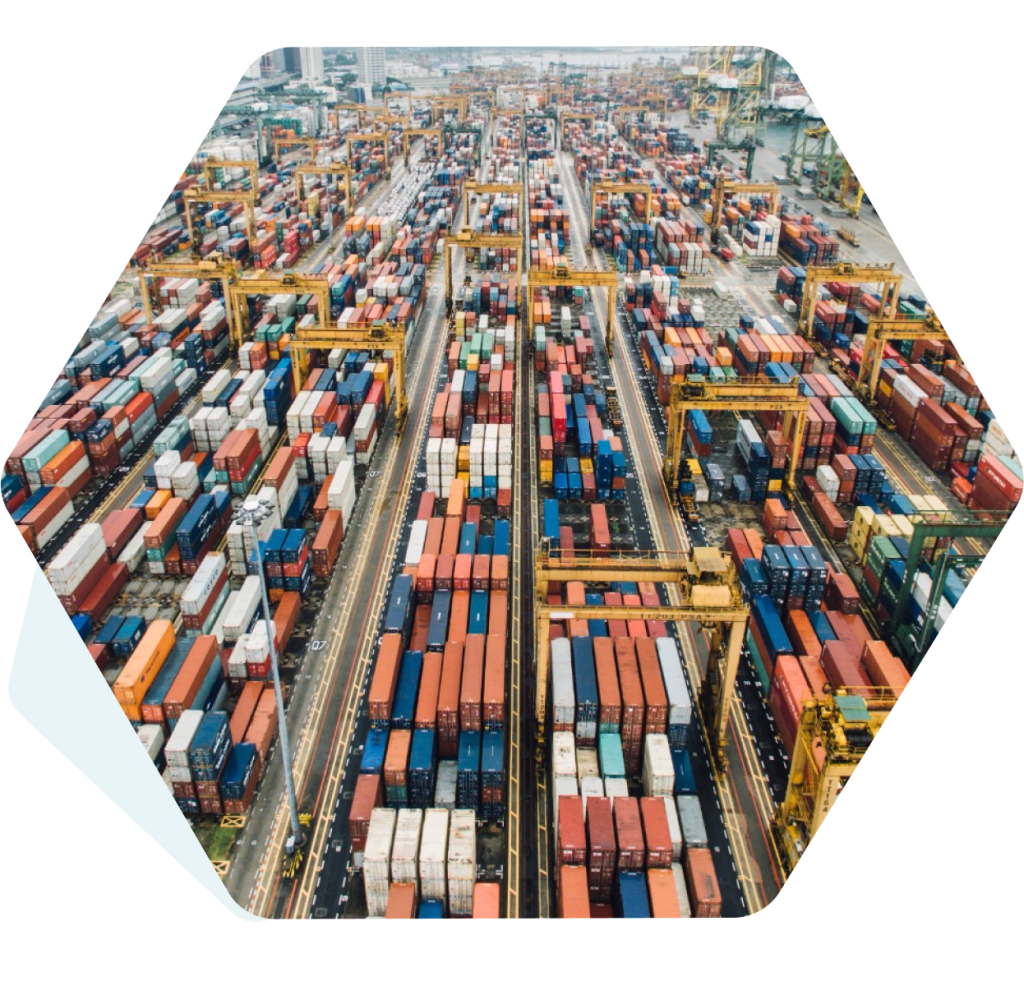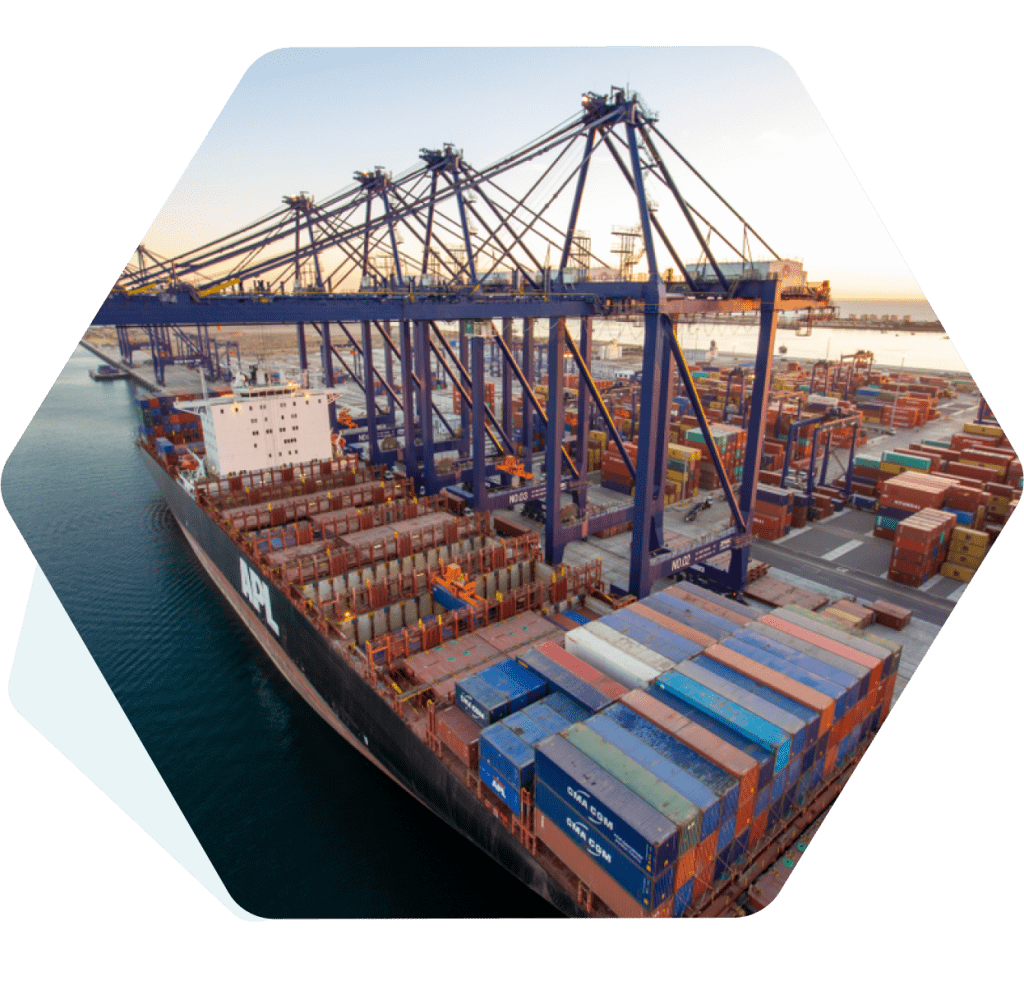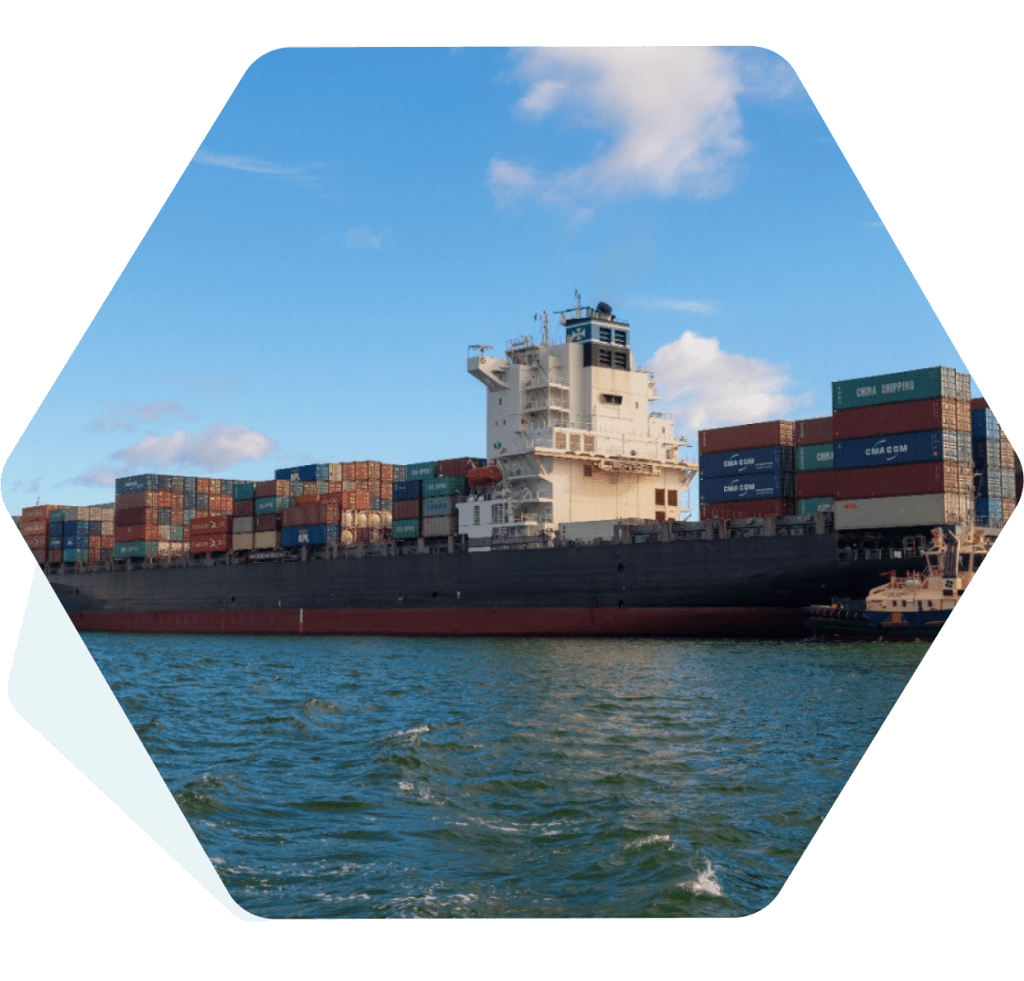Import & Export

Chemical Export
In Calendar year 2022, Pakistan Chemical Export was around $ 1 Billion (HS 28-39) out of which 43% went to Afghanistan, UAE, USA, Canda, Italy.
Medicines, PET: Bottle Grade, Polystyrene, Vat Dyes and Soda Ash were the top contributors during the same period.
Chemical Import
In Calendar year 2022, The Pakistan Chemical Import was around $11.5 Billion (HS 28-39) out of which 46% came from China, Saudi Arabia and UAE.
Polypropylene (PP), Phosphoric Acid, Vaccines, Polyethylene (PE) and DAP were contributors in import during the same period.


Trade Agreements
Pakistan has signed multiple bilateral and Multilateral Trade Agreements to Enhance its trade with notable Countries.
Some of the Trade Agreements are as follows: –
1. China-Pakistan Free Trade Agreement
2. Pakistan-Sri Lanka Free Trade Agreement
3. Pakistan-Uzbekistan Preferential Trade Agreement
4. Pakistan-Indonesia Preferential Trade Agreement
5. Malaysia–Pakistan Closer Economic Partnership Agreement
Further details are available at Ministry of Commerce’s Website